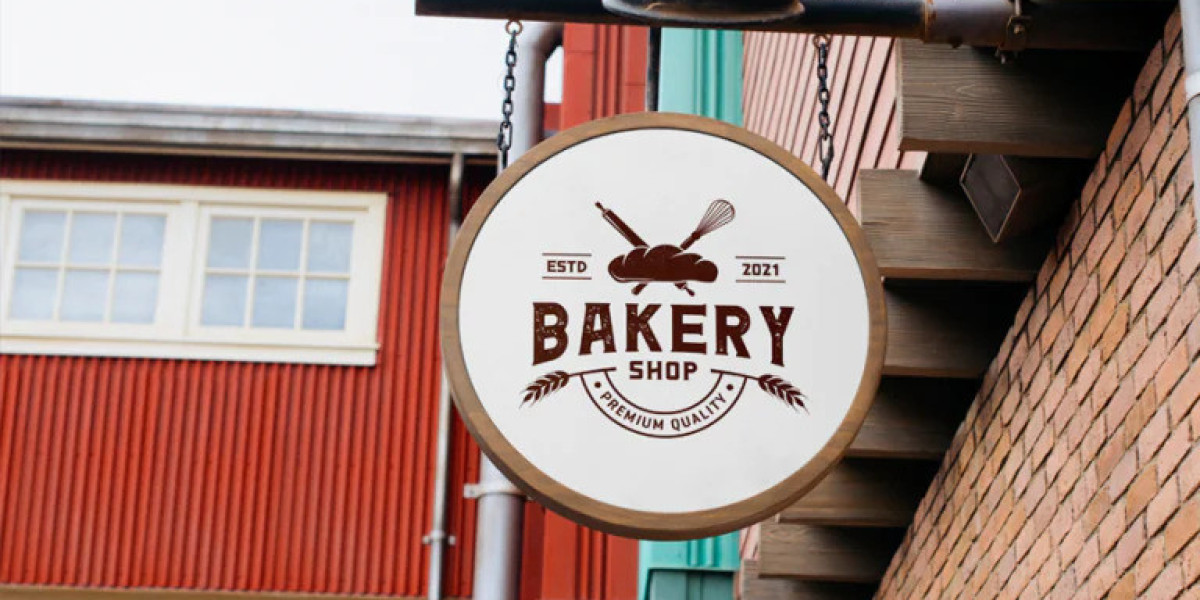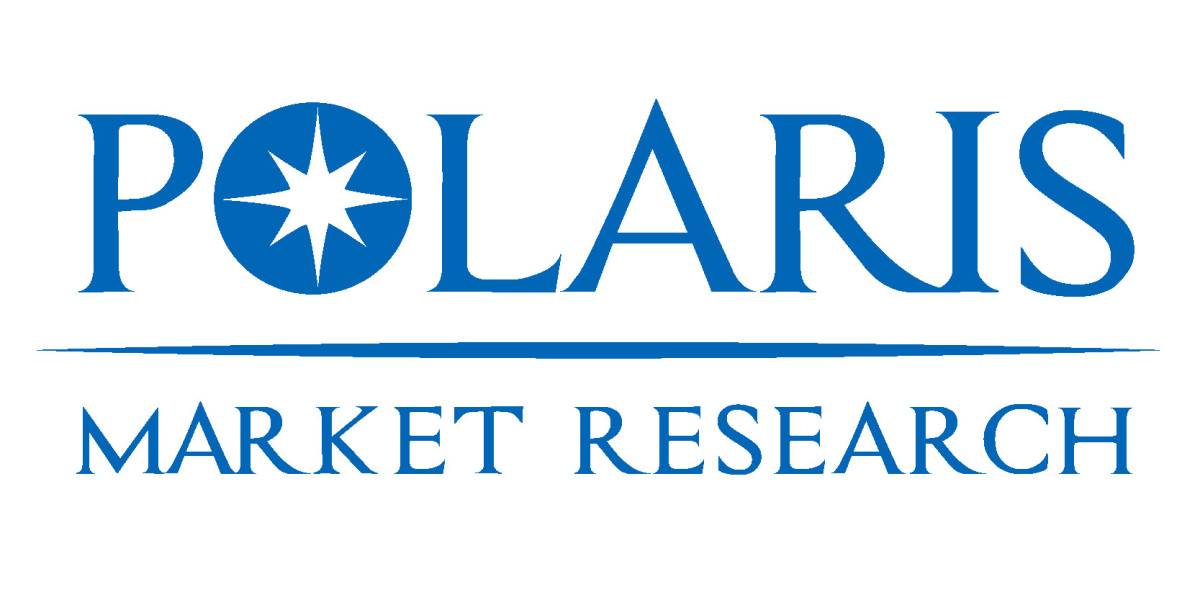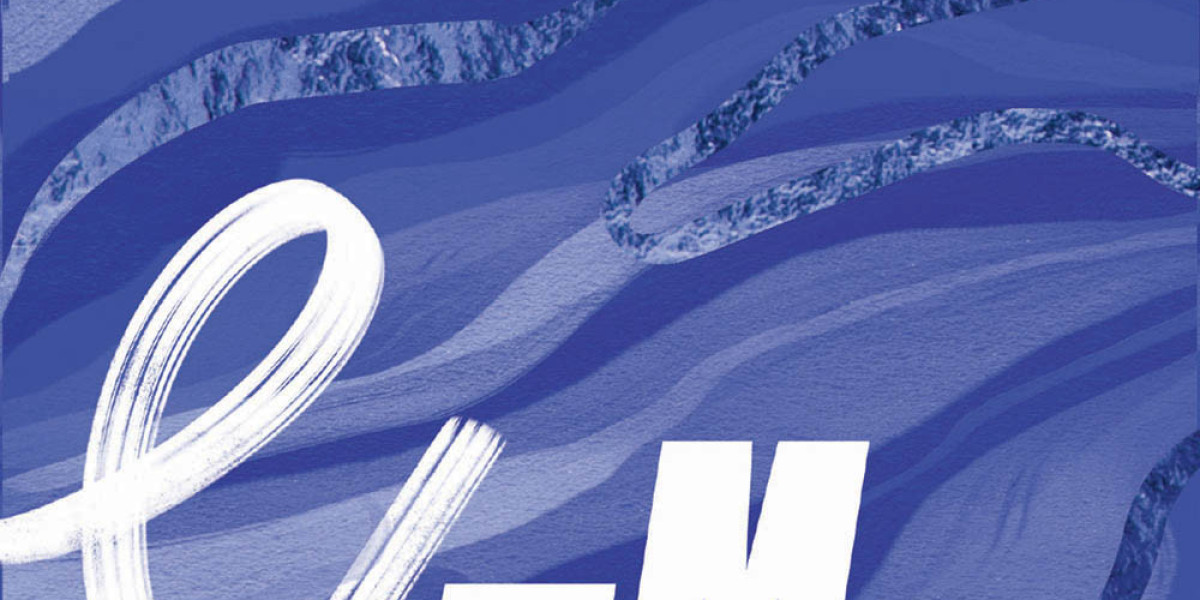Signage has always been one of the most effective tools for communication in both commercial and public spaces. Among the different varieties, Lollipop Signage stands out because of its distinctive design and practical use. This type of signage, characterized by its round or rectangular display mounted on a pole, has been widely used in retail, events, institutions, and public areas. Its unique visibility and easy placement make it a timeless solution for both branding and directional needs.
The Concept of Lollipop Signs
At its core, a lollipop sign is a simple yet impactful structure. The elevated pole allows the display to be seen from a distance, while the round or rectangular board provides ample space for logos, graphics, or text. Unlike wall-mounted signs, these signs can be placed strategically at different locations, from storefront entrances to crowded exhibitions. Their design simplicity is what makes them so effective: clear, bold, and instantly noticeable.
Historical Evolution of Lollipop Signs
The idea of raised pole signage dates back many decades. Early signs were handmade boards used by shopkeepers to attract customers. Over time, with advances in printing technology and material development, these signs became more refined. Today, modern lollipop signs are crafted using durable materials like acrylic, PVC, or aluminum and often include lighting or rotating features. Their design has evolved, but their role as a clear communication tool has remained the same.
Design Features That Enhance Visibility
- Elevated Placement: Positioned on a pole, these signs avoid visual clutter at eye level.
- Circular or Rectangular Shape: Creates symmetry and balance, drawing attention naturally.
- Bold Typography: Large, easy-to-read fonts ensure quick comprehension.
- Bright Colors and Graphics: High-contrast visuals grab the viewer’s eye.
- Illumination Options: Glow or LED-lit signs extend visibility into the night.
Materials Used in Lollipop Signage
- Acrylic Sheets: Glossy, durable, and perfect for premium branding.
- PVC Foam Board: Lightweight, versatile, and suitable for both indoor and outdoor displays.
- Aluminum/Steel: Weather-resistant, ensuring longevity in outdoor settings.
- Vinyl Prints: Allows customization of graphics and easy updates.
Each material has its own benefits, and the choice often depends on budget, environment, and intended use.
Benefits of Lollipop Signs
- Enhanced Visibility: Seen from far away, making them highly effective for crowded environments.
- Space-Efficient: Requires minimal space compared to larger boards or banners.
- Easy Installation: Can be mounted quickly and relocated when required.
- Cost-Effective: Provides long-lasting visibility without frequent replacement.
- Versatile Application: Works in retail, events, institutions, and transportation hubs.
Practical Applications in Different Sectors
- Retail: Attract customers to sales, promotions, or new launches.
- Food Outlets: Display menus, offers, or branding outside cafés and restaurants.
- Hospitals and Clinics: Guide patients and visitors to the right departments.
- Educational Institutions: Direct students and parents across large campuses.
- Exhibitions and Trade Shows: Help visitors locate specific stalls or brands.
- Transport Hubs: Provide wayfinding information in busy airports, metros, and bus terminals.
The Role of Creativity in Design
A well-designed lollipop sign can make a huge difference. Elements like custom shapes, 3D lettering, or rotating designs add visual interest. For example, a bookstore might use a circular sign shaped like an open book, while a café might choose a coffee cup silhouette. Creative designs not only grab attention but also reinforce the brand’s personality.
Installation and Placement Tips
- Select high-footfall areas for maximum impact.
- Choose double-sided signs for better visibility in crowded spaces.
- Ensure the pole is securely fixed to withstand wind or physical contact.
- Check local guidelines to avoid regulatory issues for outdoor placements.
Maintenance Practices
Regular maintenance ensures the signs remain effective:
- Clean the surface frequently to prevent dust buildup.
- Inspect poles for rust or wear and repaint if necessary.
- Replace vinyl graphics to keep colors fresh.
- For illuminated signs, check wiring and replace LEDs when needed.
Sustainability in Signage
The move toward eco-friendly materials is influencing lollipop signage as well. Recyclable boards, bamboo-based poles, and solar-powered lighting are gaining popularity. Businesses are increasingly considering sustainability not just for compliance but also as part of their brand image.
Emerging Trends in Lollipop Signs
- Digital Integration: Use of LED panels for dynamic content.
- QR Code Features: Allowing customers to scan for more details.
- Interactive Displays: Combining touch technology with traditional signage.
- Minimalist Designs: Clean, simple layouts aligning with modern aesthetics.
Conclusion
From traditional shopfronts to modern digital-enhanced models, these pole-mounted displays have proven their relevance across decades. They continue to bridge the gap between functionality and aesthetics, making them one of the most effective offline branding tools. It is this blend of simplicity, durability, and adaptability that ensures Lollipop Signage remains an essential feature in commercial and public spaces today.



